Solo travelling through Baltic countries
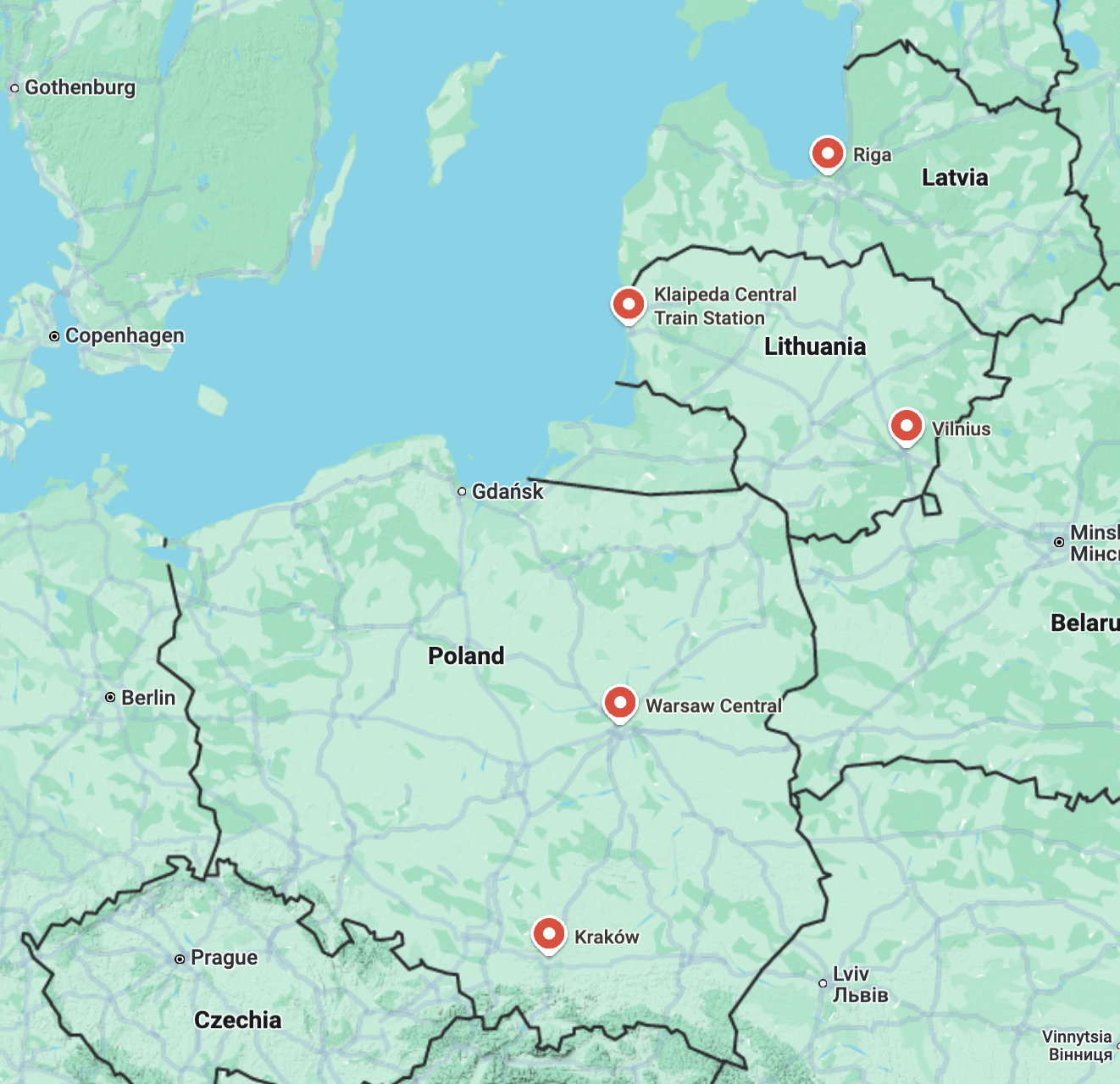
After two week in North America and a cross-Atlantic flight, a sane person would want to rest. I on the other hand had other ideas. I had always dreamed of travelling solo— not just for work, but for myself, and as disconnected as possible from the internet and laptop-free. Traveling solo offers an unparalleled freedom, and my recent trip through Eastern Europe was the epitome of that liberty. With just a flight to Krakow and a return ticket from Vilnius, and plenty of coffee to fight the jet-lag, I embarked on an adventure that took me to Krakow, Warsaw, Riga, Klaipeda, and Vilnius—cities rich in history, culture, and beauty. I had no set itinerary; I booked dormitories in each city and relied on free walking tours to immerse myself in the local culture, letting the spontaneity guide me through an unforgettable journey.
Krakow: The Medieval Heart of Poland
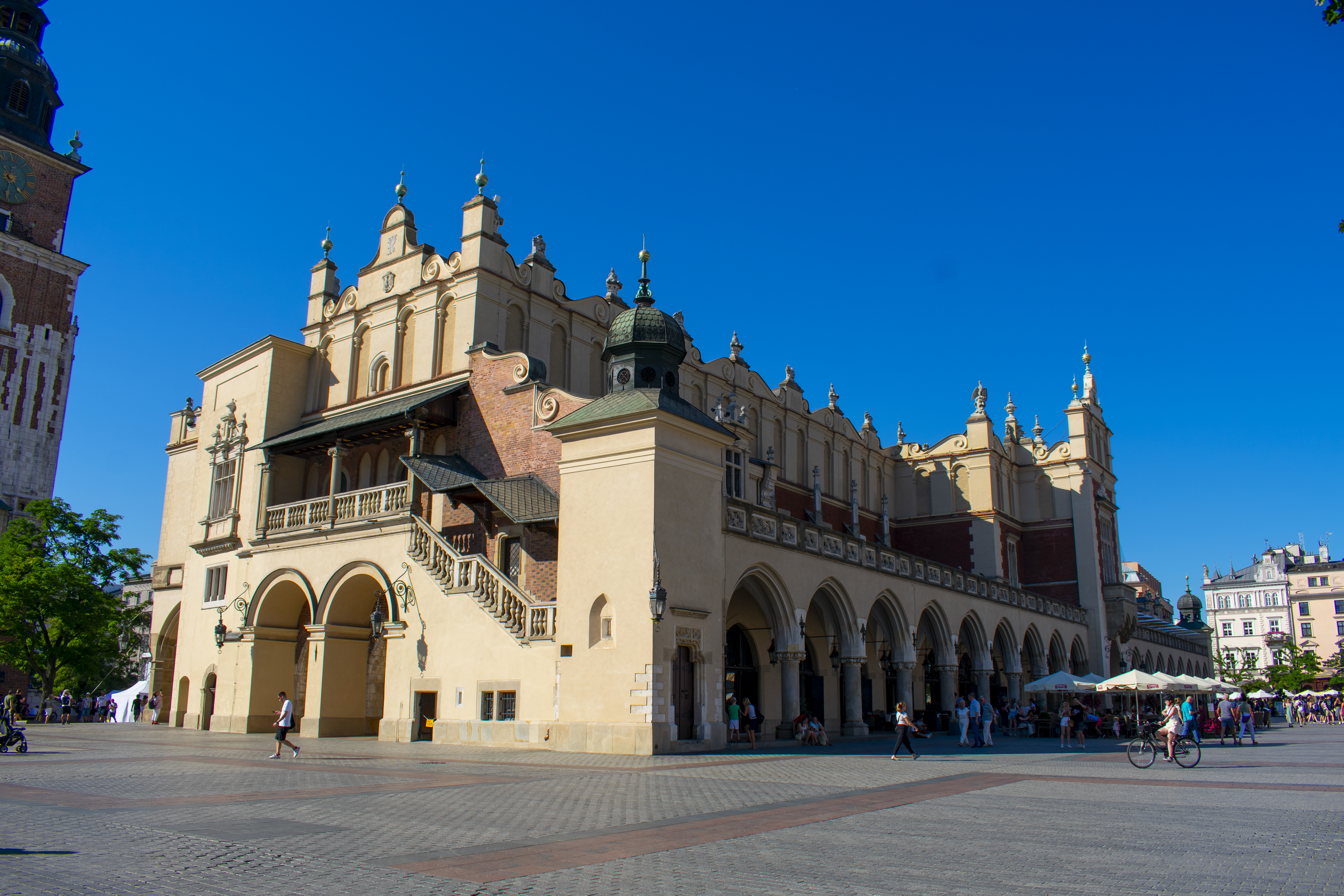
I began in Krakow, a city that wears its history proudly. Staying in a dormitory nestled in the Old Town, I quickly joined a free walking tour that explored the heart of this medieval wonder. The Rynek Główny, one of the largest market squares in Europe, was the perfect starting point. As we walked through the cobblestone streets, our guide led us to St. Mary’s Basilica, where the beautiful Gothic altarpiece by Veit Stoss left everyone in awe.
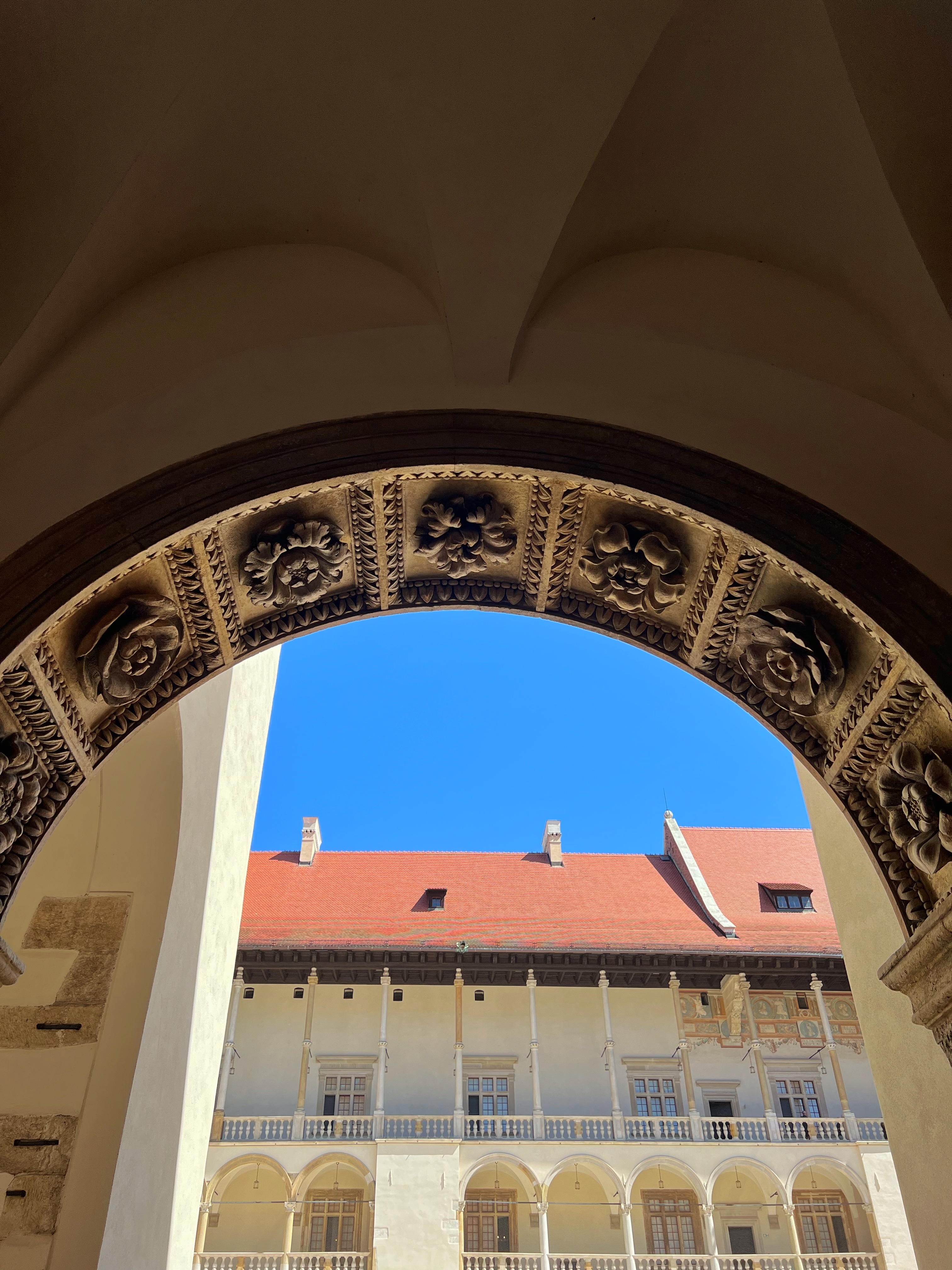
One of the highlights was visiting Wawel Castle, perched on a hill overlooking the Vistula River. The castle is a symbol of Polish royalty, and the guide's vivid storytelling about the Polish kings and queens transported me back to a time of regal splendor. I also managed to go visit the Kazimierz, the Jewish quarter, where the echoes of history linger. Wandering through the old synagogues and learning about the Jewish heritage gave the city a deeper resonance, a poignant reminder of its layered past.
This part of Krakow is vibrant with life, filled with locals and tourists alike, offering a mix of modernity and historical depth. Each street corner felt like a window into a different era, and the free walking tour was an excellent way to understand the layered history of this medieval city. The Rynek Główny, with its impressive market and surrounding architecture, perfectly encapsulates Krakow’s historical and cultural significance.
Warsaw: A City Reborn
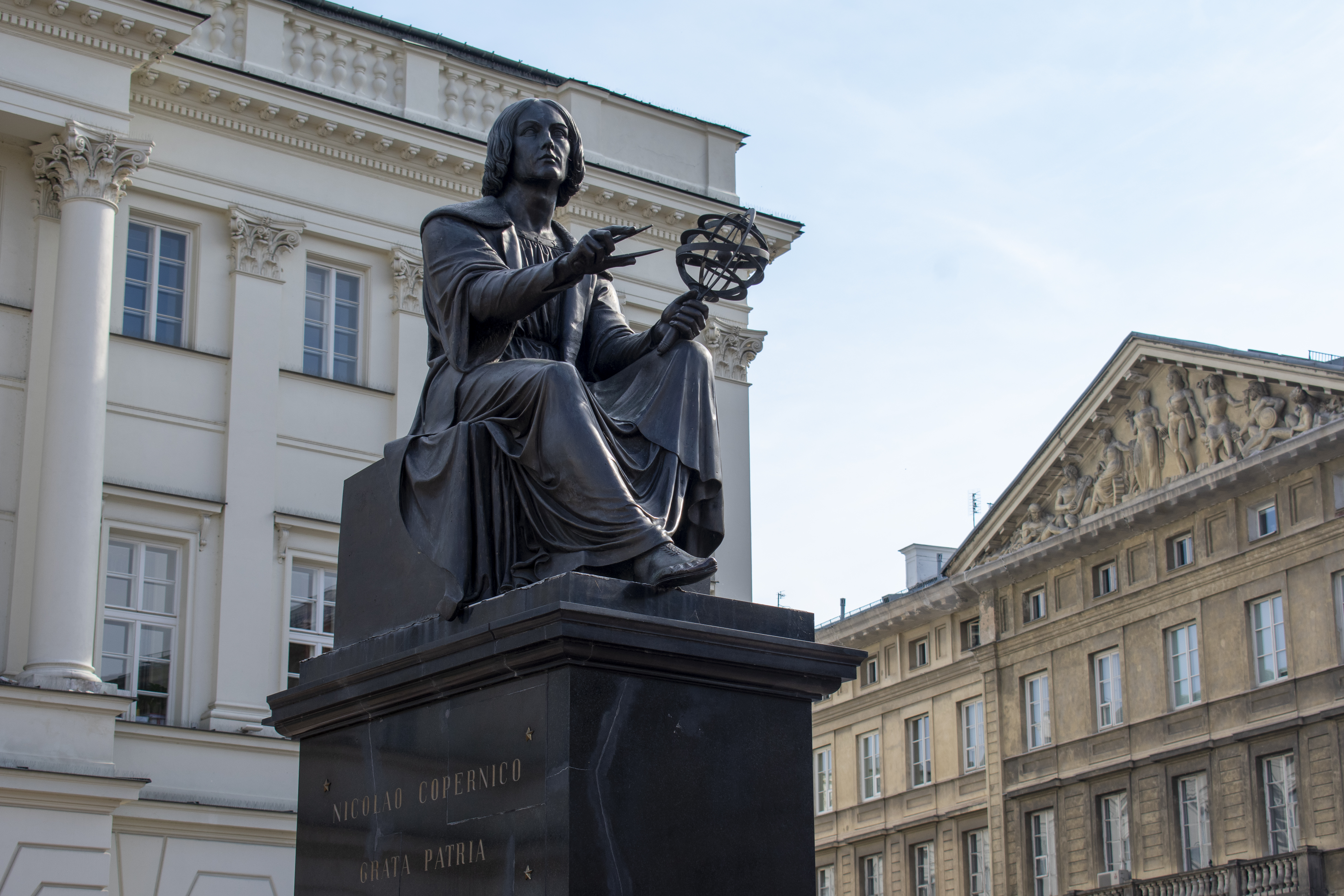
From Krakow, I hopped on a bus to Warsaw, Poland's capital. Warsaw’s story is one of resilience and rebirth. I first got down at the west Warsaw station, and as I got down the first thing I noticed was the starck contrast to the town of Krakow- those huge buildings and modern architecture just says so much story about the city's past and I immediately found myself intrigued by the juxtaposition of modern skyscrapers against the carefully reconstructed Old Town. The free walking tour here emphasized just how much the city has overcome.
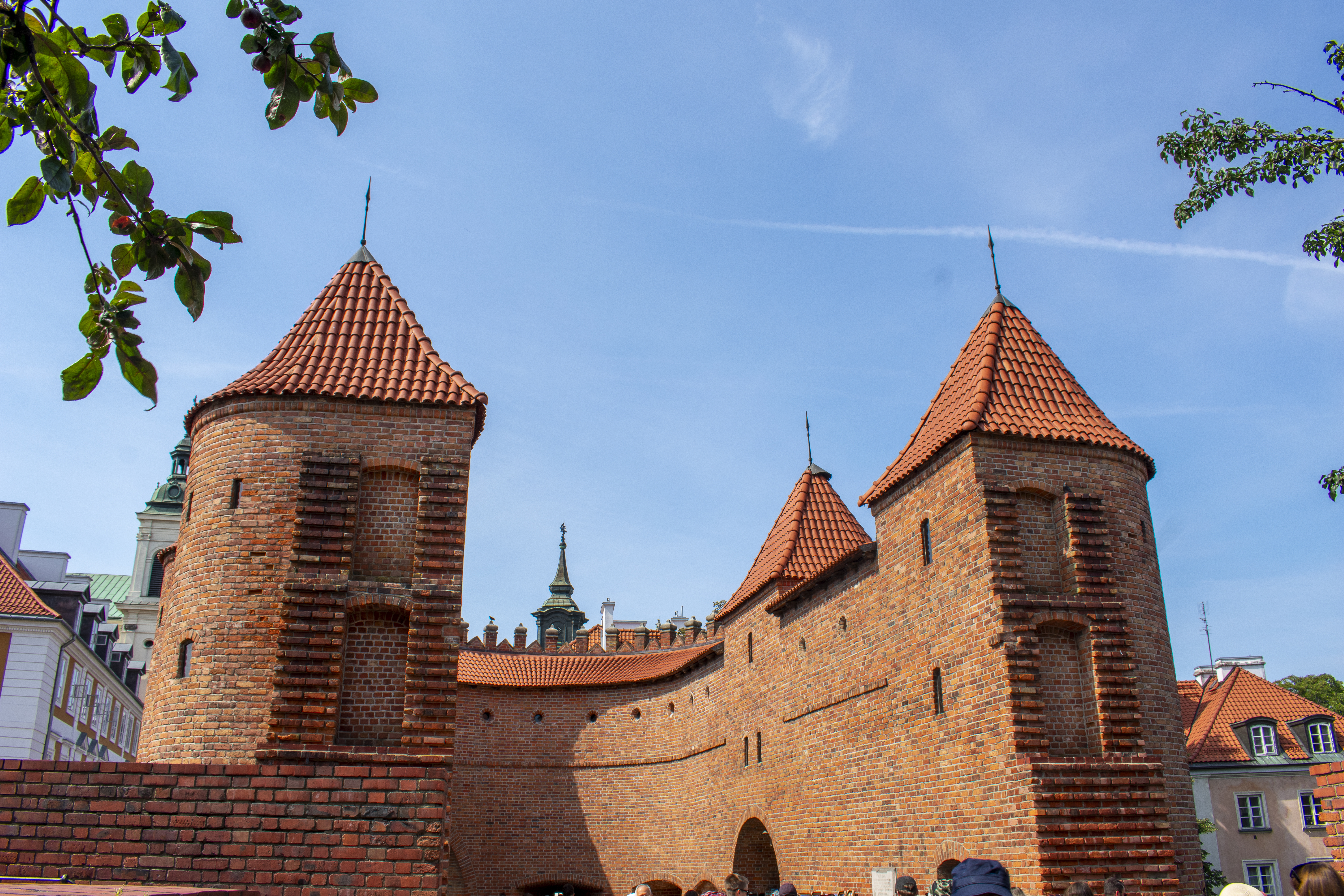
The guide recounted Warsaw's near-total destruction during World War II and the incredible effort to rebuild it from the ashes. The Royal Castle, with its imposing presence, and the colorful Old Town Square, are symbols of the city’s strength. I wasn't sure of how I would feel about Warsaw, but I must say I find it amazing how much even those reconstructed buildings have got to say of all that the city had to withstand.
Riga: A City of Art and Architecture
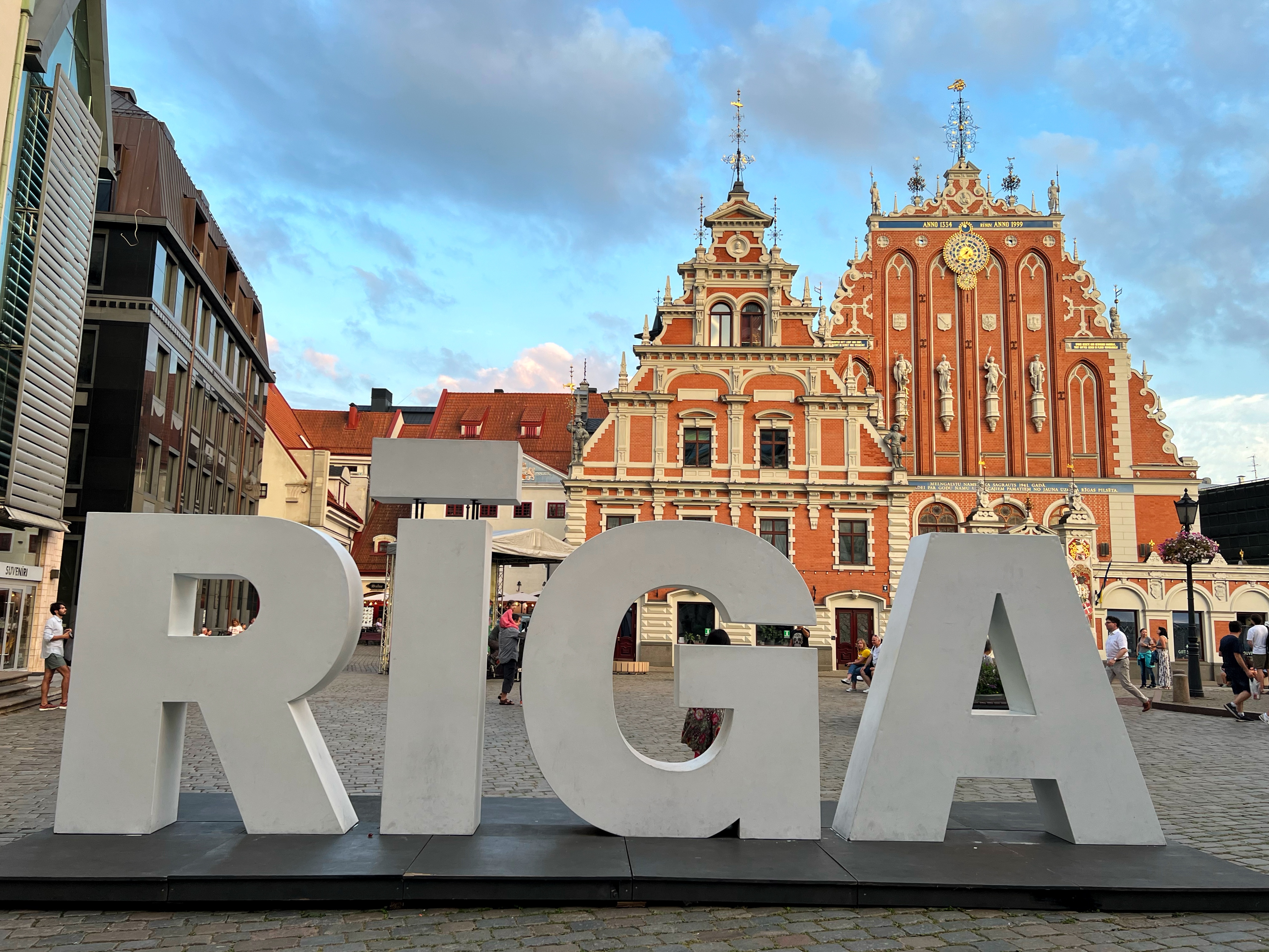
Next on my route was Riga, Latvia’s vibrant capital. Staying in a dormitory near the Old Town, I joined another free walking tour that explored the rich tapestry of Gothic spires and Art Nouveau buildings that Riga is famous for. The guide walked us through the narrow medieval streets, bringing to life the stories of merchants, knights, and guilds that shaped the city’s history.
We also visited the House of the Blackheads, a stunning building that served as the guild house for unmarried merchants. This part of the trip introduced me to the wealth and influence that the Baltic ports once wielded.
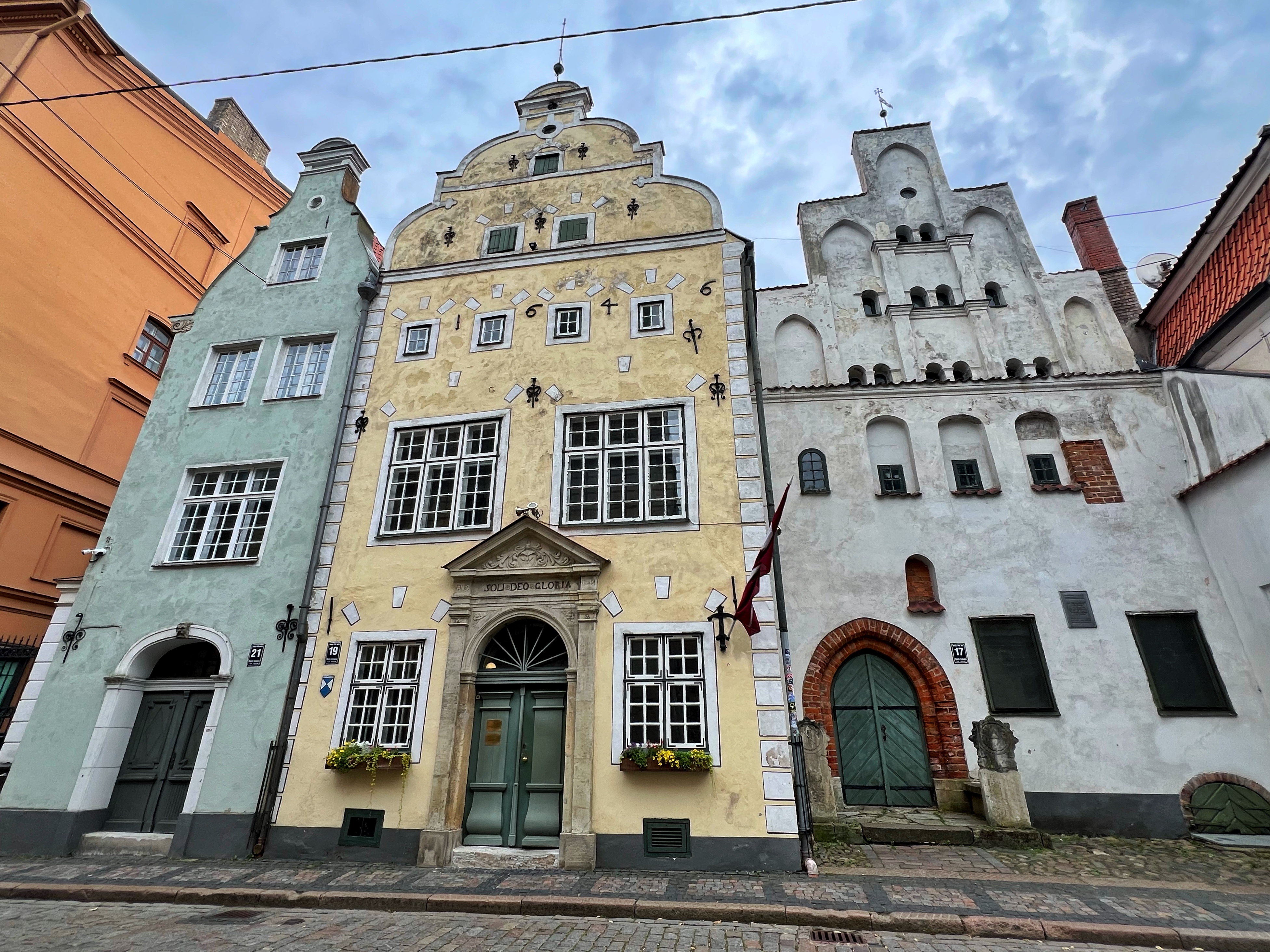
The walking tour continued through iconic sites such as the Three Brothers, the oldest complex of dwelling houses in Riga. These buildings perfectly encapsulate the architectural evolution from medieval times to the Baroque era, highlighting the city's rich historical tapestry.
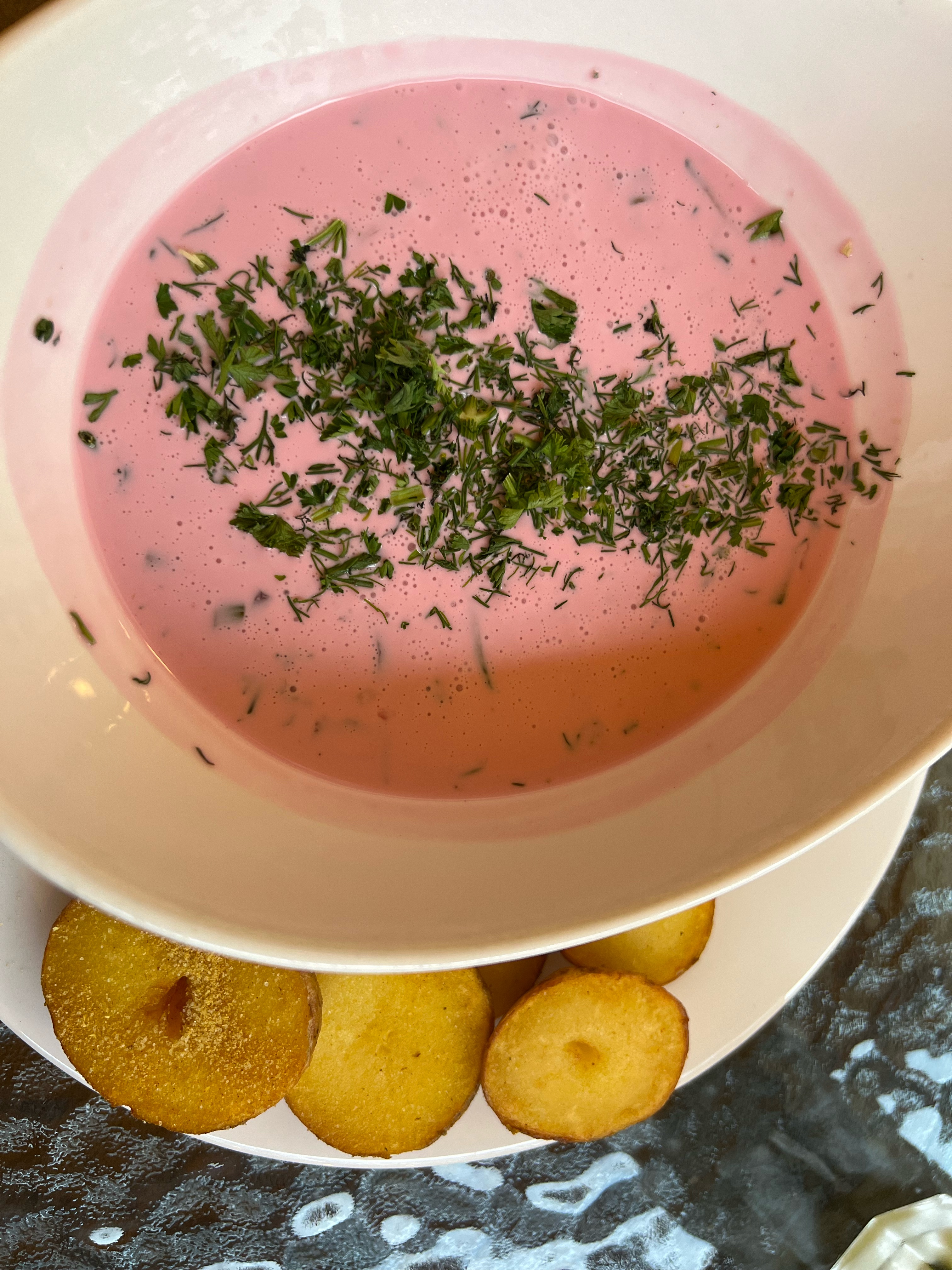
In between the historical narratives, our guide pointed out the city's culinary delights. One dish that stood out was the cold beetroot soup, which is definitely something I would recommend. What I found to be mildly amusing was how architecture was often used as a way to display wealth. For example, I mostly found buildings with two or three windows, but those with four or more windows across the facade often indicated greater affluence. The broader facade required more land, which was costly, especially in prime locations. These buildings typically belonged to wealthier individuals or families who could afford more space and wanted to showcase their social status.
It’s interesting to notice these subtle architectural differences, and how they contribute to the rich story of this fascinating city. Riga truly felt like a blend of history, art, and culture, revealing the city’s past while embracing modernity.
Klaipeda and the Curonian Spit: A Night of Serendipity
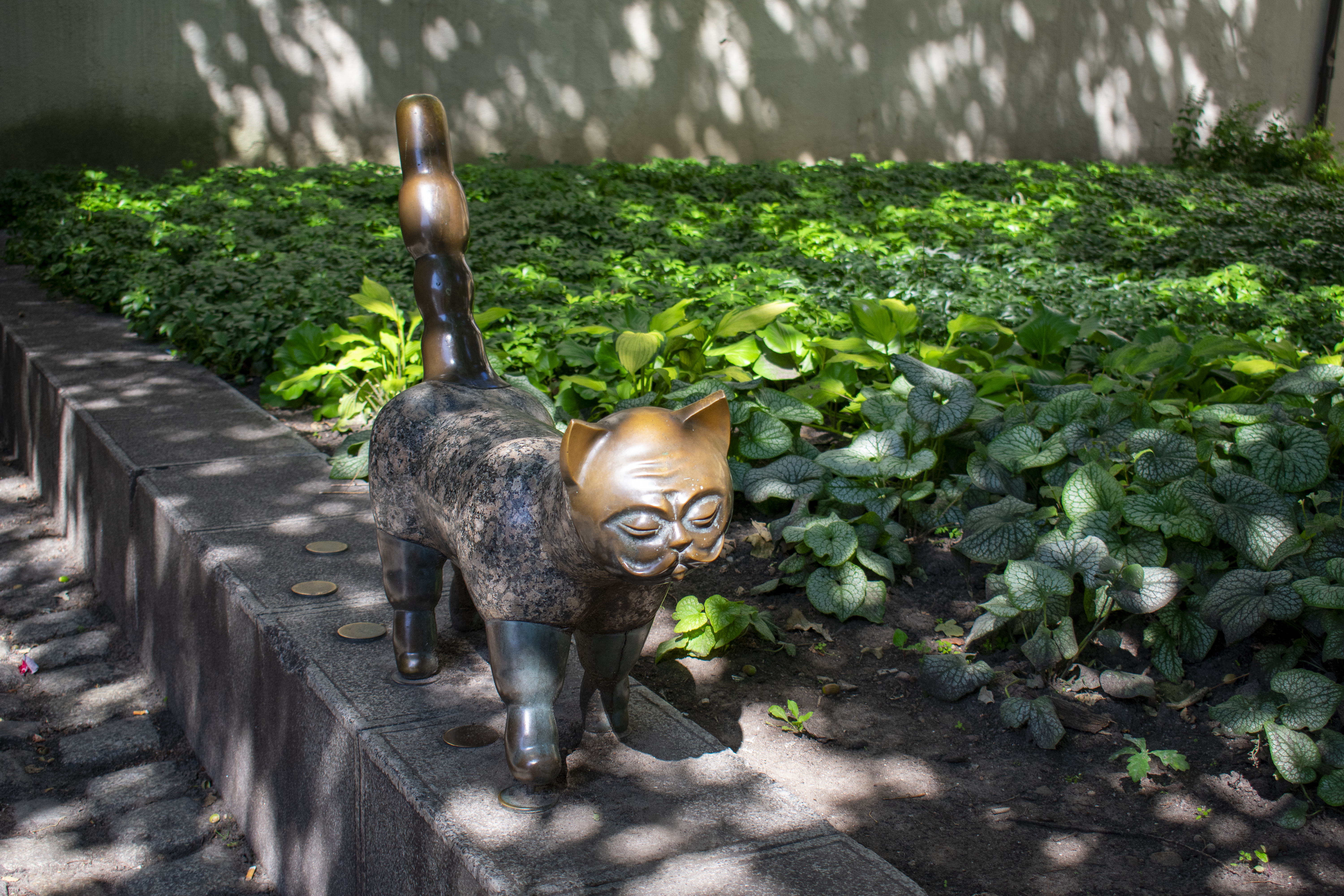
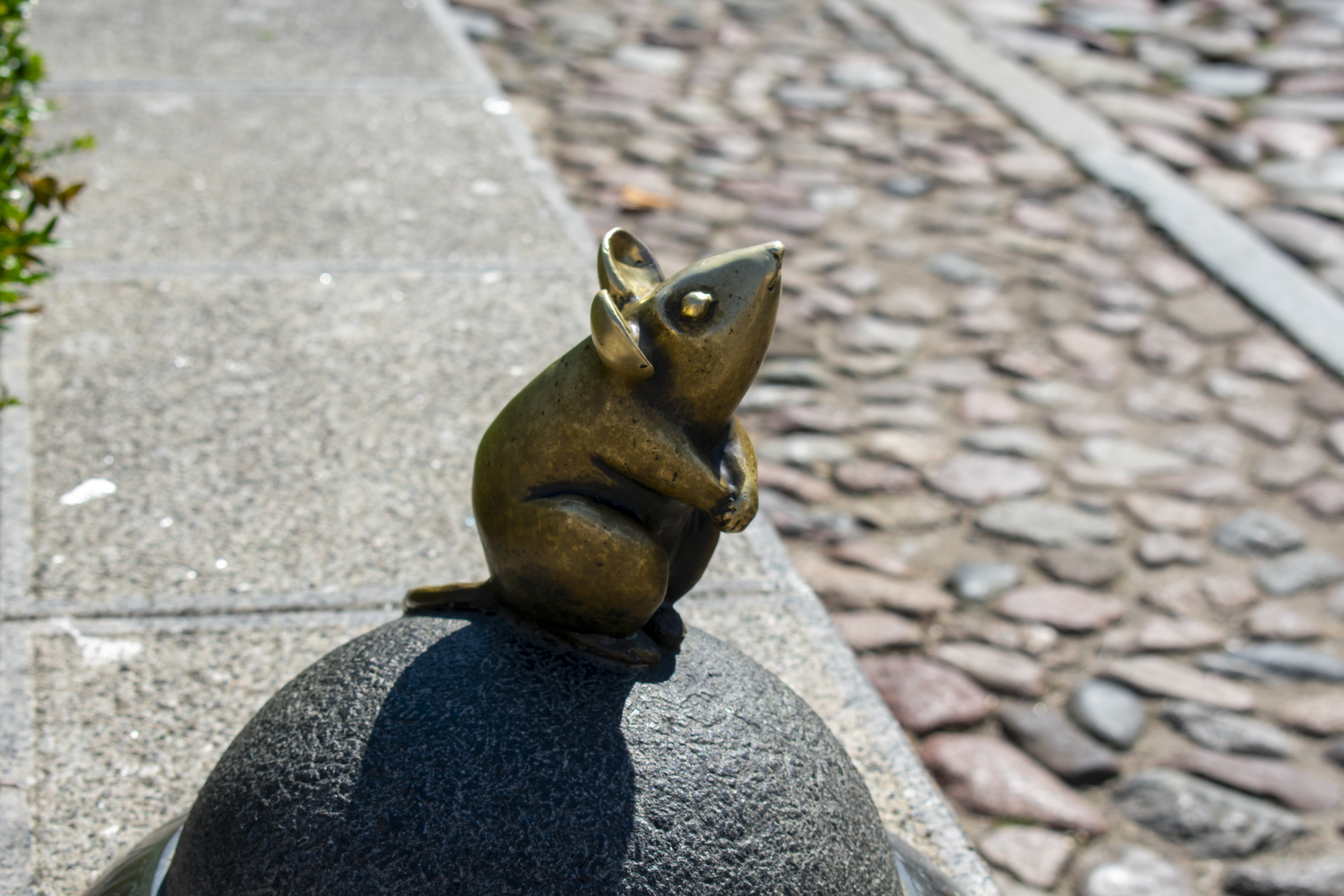
Leaving Riga behind, I took a bus to Kaunas, rested for the night and then took a bus to Klaipeda, a coastal town in Lithuania with a strong Germanic influence. Here, the free walking tour explored the city's maritime history. The German-style architecture stood as a reminder of Klaipeda's time under Prussian rule, and the guide's stories of seafaring adventures brought the port's history to life.
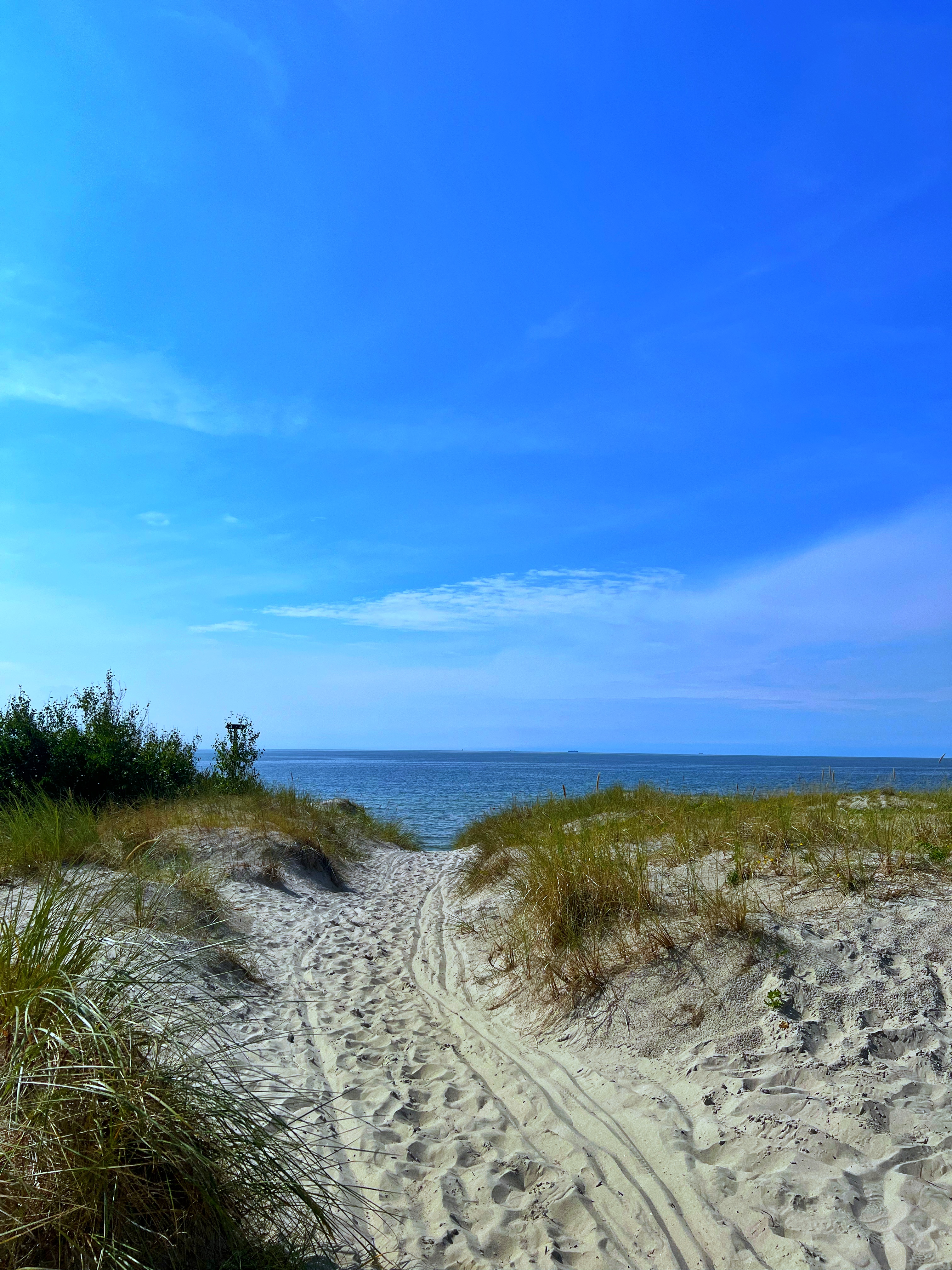
But the true magic awaited across the water—the Curonian Spit. I took a ferry and spent the day hiking along the towering sand dunes and through dense pine forests. I must have walked around 6km here, with plenty of detours to enjoy views, before returning back to Klaipeda. The Curonian Spit, a UNESCO World Heritage Site, is a natural wonder, and walking through its serene landscapes felt otherworldly.
However, I ended up missing the last bus back to Vilnius. With no other option, I spent the night in Klaipeda, waiting for the morning. Stranded but calm, I found myself by the Baltic Sea, letting the waves and the quiet stillness of the night become part of the journey. It was a gentle reminder that the road often offers detours, and those unexpected moments can be the most profound. I did find a place to sleep just a bit before the next day begins, but at the last moment.
Vilnius: Finale
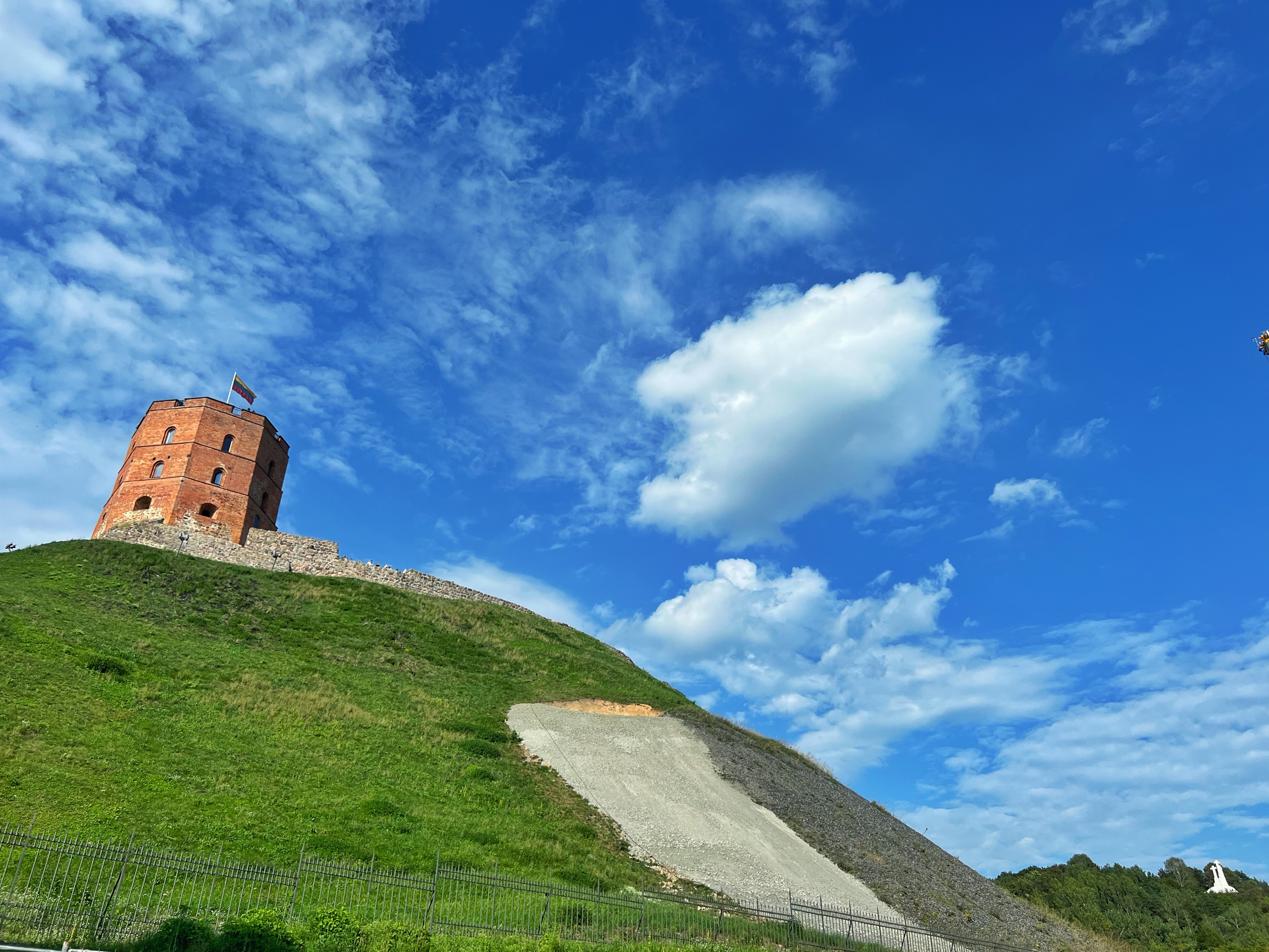
Finally, I arrived in Vilnius, where the last leg of my adventure awaited. Staying in a dormitory close to the Old Town, I joined one final free walking tour. Vilnius felt different—its baroque architecture gave the city a unique atmosphere. We wandered through the labyrinthine streets, exploring its hidden courtyards and artistic corners.
One of the most striking moments was visiting the Gates of Dawn, an important religious site that has drawn pilgrims for centuries. The guide spoke of the spiritual significance of the place, and I could feel a sense of peace and reverence wash over me.
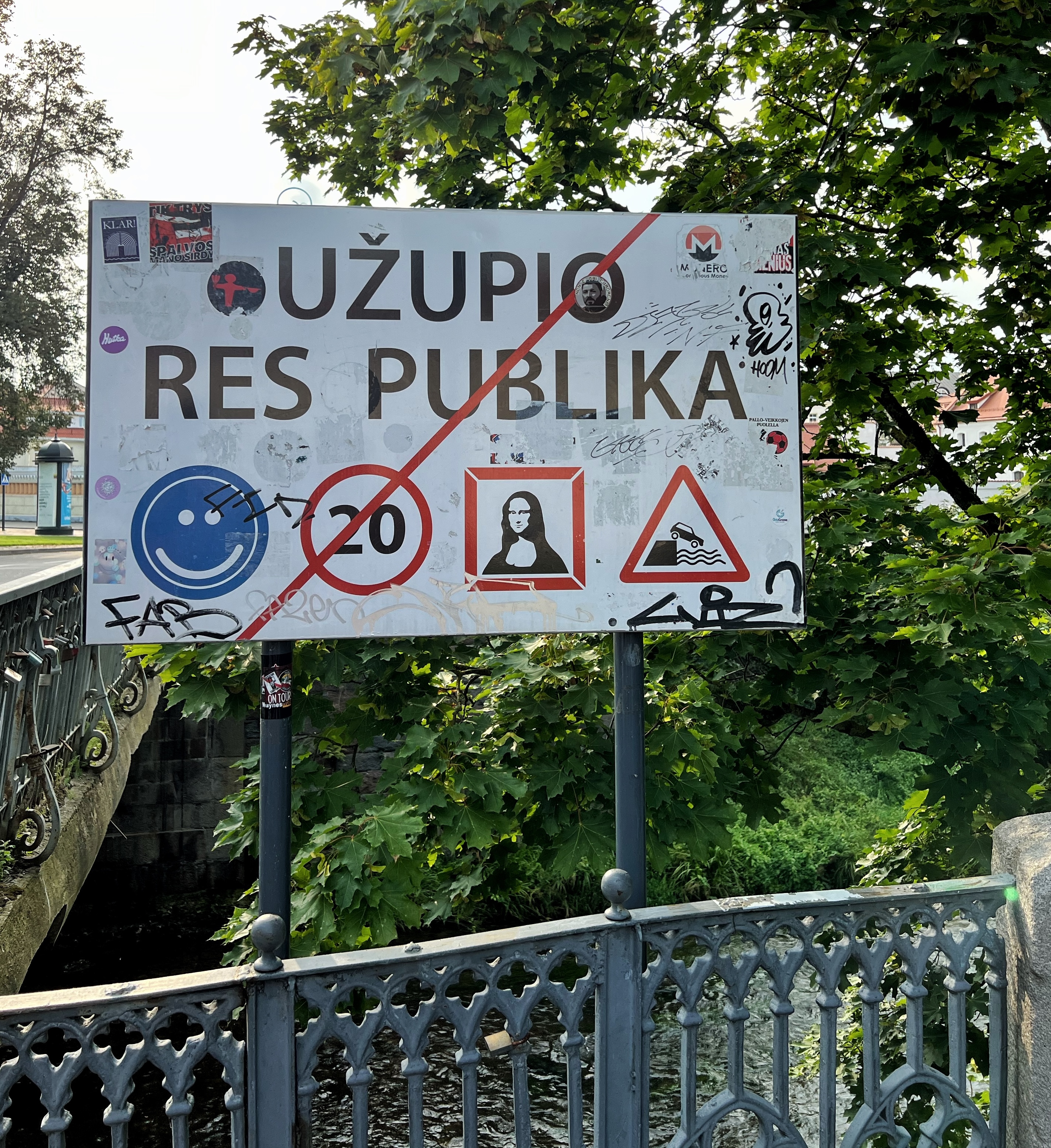
The Gediminas Tower, standing tall on a hill, offered the perfect view to reflect on my journey. From the medieval heart of Krakow to the spiritual calm of Vilnius, each city had unfolded like chapters in a book, leaving me with a deeper understanding of the region’s complex history and rich culture.
I also visited the Republic of Užupis in Vilnius, which is famous for having its own quirky constitution.
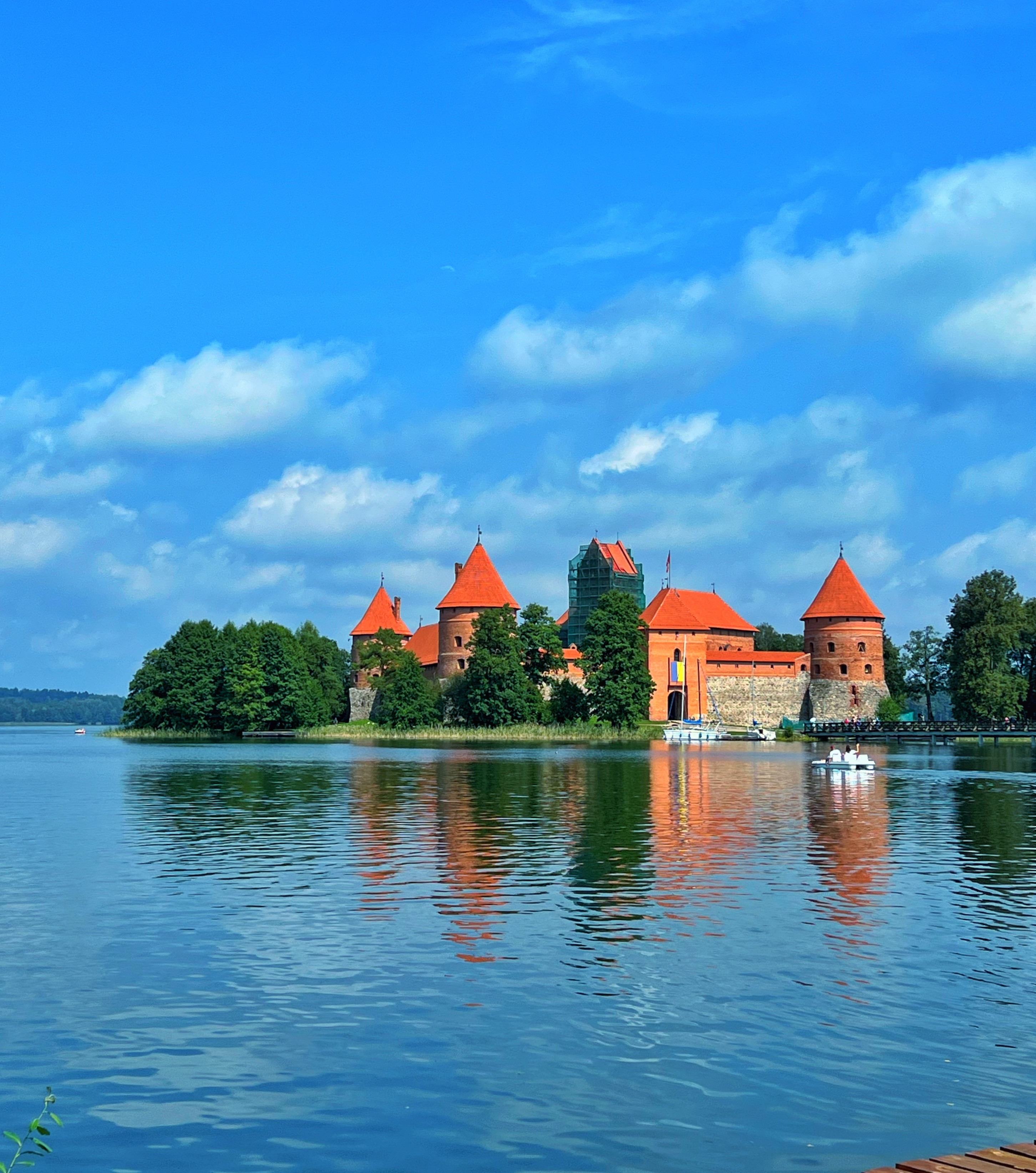
Užupis is a small, bohemian district located near the Old Town of Vilnius, known for its artistic community, independence, and a self-declared constitution that reflects its spirit of freedom and creativity. I got immediately absorbed by the eclectic mix of art, murals, and sculptures scattered around the district.
I also made my way to, Trakai Castle, located on an island in Lake Galvė near Vilnius, Lithuania, is a stunning medieval fortress that captures the imagination of any traveler. The castle, which dates back to the 14th century, was originally built by the Grand Dukes of Lithuania and served as a key military and political center during the time of the Grand Duchy. The first thing that struck me is its picturesque location. Set on an island and surrounded by tranquil waters, the castle appears almost like a fairy tale fortress. You can cross a wooden footbridge to access the castle, which offers breathtaking views of the surrounding lakes and forests.
A Striking Shared History, NATO's Presence, and Echoes of Paganism
As I traveled through Krakow, Warsaw, Riga, Klaipeda, and Vilnius, one of the most striking realizations was how intertwined the histories of these countries are. From medieval struggles against invaders to the more recent fight for independence from Soviet rule, Poland and the Baltic countries—Latvia and Lithuania—share a deeply connected past. These regions were once powerful kingdoms involved in complex alliances like the Polish-Lithuanian Commonwealth, and later endured the hardships of occupations that altered their national identities.
What makes this shared history even more fascinating is the region's ancient ties to paganism. In contrast to much of Europe, Lithuania was the last pagan country in Europe, officially converting to Christianity only in the late 14th century. The echoes of this pagan past are still felt today, particularly in Lithuania, where festivals, symbols, and even folklore reveal deep-rooted connections to nature-based spiritual practices. As I walked through Vilnius, I could feel the layered history beneath the baroque architecture—the traces of old pagan beliefs mixed with Christianity and later, Soviet atheism. These influences still shape the cultural identity of the region.

In Riga, too, I came across reminders of Latvia’s ancient pagan heritage. Although now predominantly Christian, the Latvian culture still celebrates ancient traditions linked to nature, with festivals like Jāņi, their midsummer celebration, which is rooted in pagan customs. Even in urban settings, you can sense the influence of these traditions in art, architecture, and even the city’s natural spaces.
Yet what stood out more than anything else was how these countries, so rich in both ancient and modern history, openly and proudly display their membership in NATO. Unlike in Western European countries like France or Germany, where NATO membership is more of an assumed background, here in Eastern Europe, it feels like an integral part of their national identity. As I passed through government buildings, historical sites, and even public parks, the NATO flag was often seen flying next to the national colors. It was a visible reminder of how crucial the alliance is for these nations, especially given their proximity to Russia and the still-present echoes of Cold War tensions.
These nations know all too well the price of occupation and conflict, which is perhaps why their display of NATO affiliation feels so much more visible and important. It’s not just a symbol of international cooperation but a vital part of their ongoing narrative of independence, security, and sovereignty. The shared echoes of paganism, too, remind us that this region, although part of modern Europe, holds on to its deep and ancient roots, balancing tradition and modernity in a way that few other places do.
Embracing the Unexpected
This journey was as much about self-discovery as it was about exploring new places. By choosing dormitories and free walking tours, I connected with fellow travelers and locals alike, sharing stories and learning about the world from a variety of perspectives. As an introverted person by default, this is a huge step, took all of my will power, and in the end was worth every bit of it! I never knew exactly what the next day would bring, and that was the beauty of it.
From the missed bus in Klaipeda to the chance encounters on walking tours, these moments of unpredictability became the highlights of the trip. Traveling without a fixed plan allowed me to embrace the spontaneous nature of the journey, and in doing so, I learned to trust the road, knowing it would lead me exactly where I needed to go.
As I left Vilnius, I realized that this wasn’t just a collection of cities I’d visited—it was a series of experiences that had forever changed the way I see the world, and now I am looking forward for more such solo trips!
P.S: Don’t forget your trusty walking shoes, because trust me—you’ll be racking up those steps while soaking in all the goodness these places have to offer!